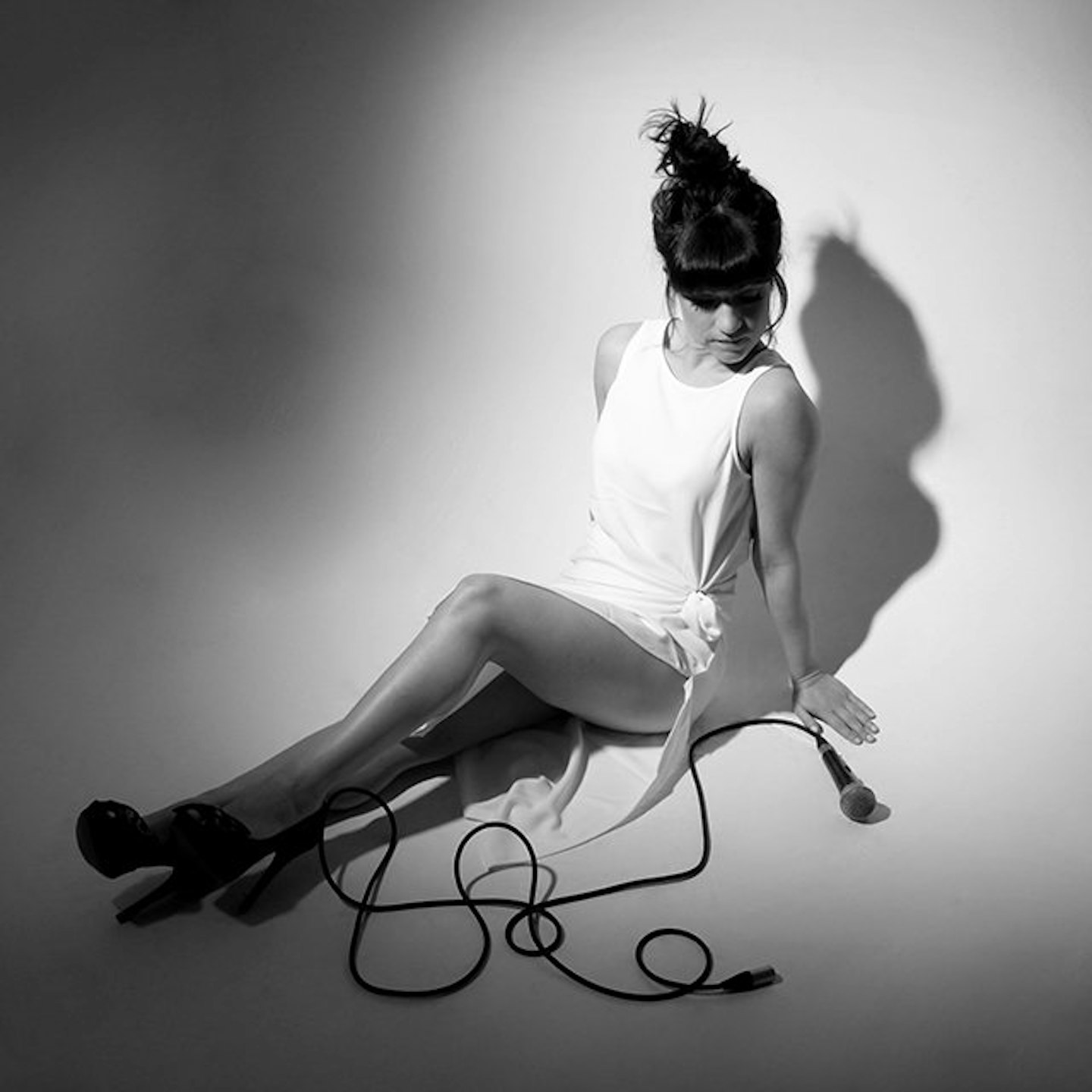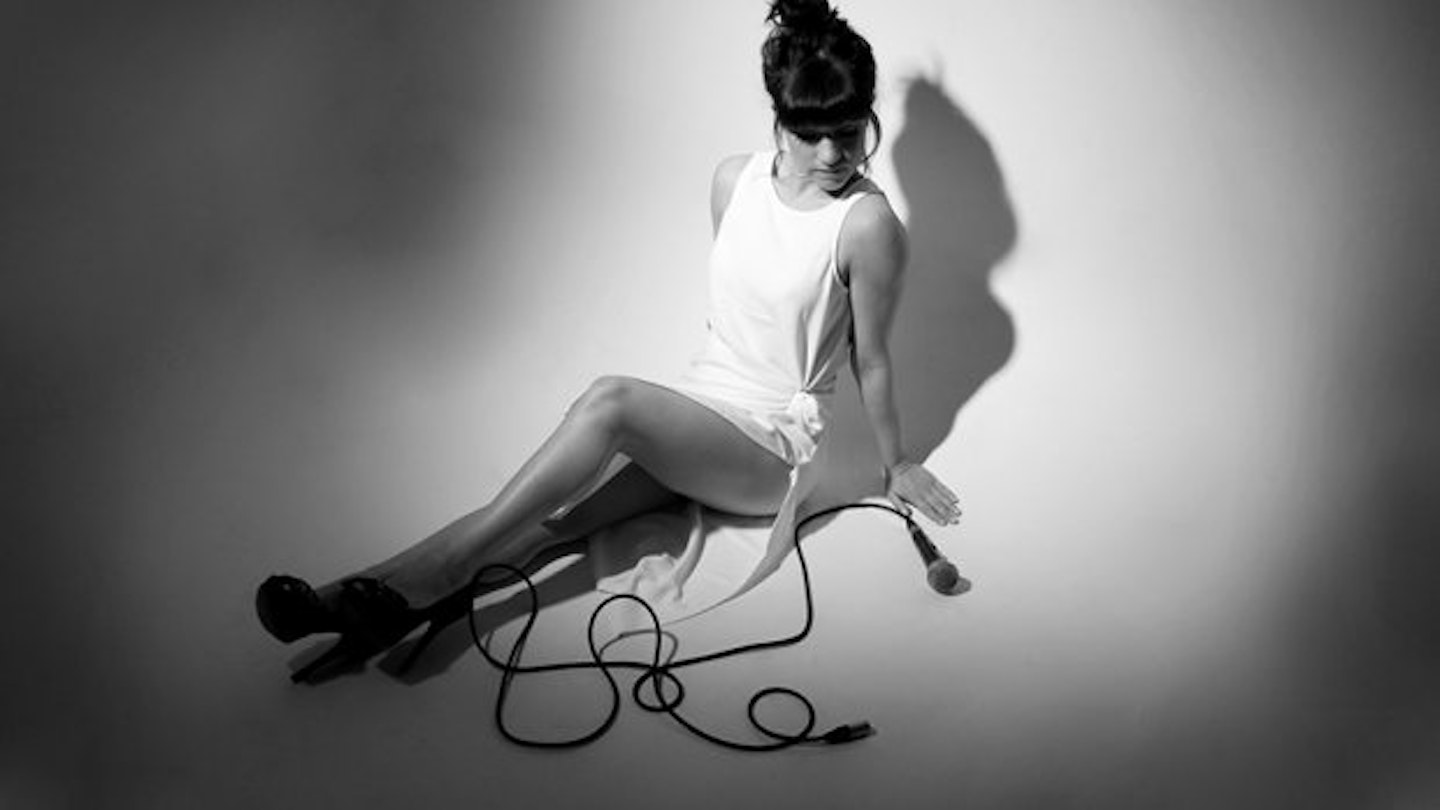Beyond the controversy and manufactured social media hype around the new Taylor Swift album, it’s hard to name many female artists who have made a big splash in the charts in 2017. If we narrow it down British female artists – of which we have an incredibly talented selection at the moment – you wouldn’t be blamed for struggling to decipher their absence from the traditionally coveted Top 10 lists, and wondering why it’s only male artists like Ed Sheeran who have held any sort of consistent presence up there this year.
Back in August, Dua Lipa became the first female solo artist to have a number one single since Adele’s Hello in 2015. The brilliance of Dua’s New Rules hitting that coveted position is without question, of course. Sincerely relatable artist, memorable song lyrics, great music video; all boxes ticked from the theoretical checklist I imagine to be embossed on the desktops of the middle-aged Simon Cowell types of the executive decision-making music world. However, Dua’s incredible (albeit overdue) achievement sadly doesn’t eradicate the fact that it took almost two years for another British woman to take their place at the top of the singles charts.

‘I think the thing is, is there are a lot of female artists’, Dua Lipa tells me. We’re chatting after her performance of her number one single at the launch of new mobile service Voxi, just two weeks after she finally knocked Calvin Harris’* Feel* from the top spot. ‘I don’t know. It’s kind of tricky because with all of the streaming and everything, how it’s happening and how the times are really changing, it takes a lot for somebody to get a number one.’
To some extent, the cloth does cut both ways. ‘A lot of the male artists that have been getting number ones are really big and really established. Like, it’s still not really happening to many new male artists,’ Dua adds. The charts seem to be dominated by an inner circle of long-established pop royalty, most of whom are men. And while it hopefully goes without saying that the question of ‘where dafuq the women at?’ doesn’t negate from the time we have for celebrated artists who sit across the breadth of mainstream music at the moment – hats off to Sam Smith and how could our love be anything but unwavering for Stormzy - what exactly do these young women need to do to join ranks with their male counterparts here and the Taylor Swifts and Camilla Cabellos on the other side of the Atlantic?
We’re part of a generation spoiled by a relatively high concentration of exciting young women in pop music. And we’re equally spoiled with our access to them. Raye, Halsey, Anne-Marie, Bebe Rexha and of course, Dua Lipa, to name just a few from the UK are as present on our Instagram feeds as they are in our favourite Spotify playlists. A significant common denominator that links most of these young women, though, is that they all seemed to go through an initiation process of featuring on some already well-established artists (who more often than not would be male) track before making a mark as a solo artist with a roster of really great material. Is there something more to the culture of pop collaboration that we have gotten used to over the years?
WATCH: Anne-Marie Taught Us How To Sing
If we’re talking mainstream audiences, the commercial chart listeners to which pop generally orientates itself, radio-friendly exposure of Raye came when she sang on Jonas Blue’s single By Your Side. People were quick to mention Jorja Smith after realising that she was on Drake’s long-awaited M_ore Life_ release and spotted her at his shows. If we look at some of the newer kids on the block in the states, we’ve got Bebe Rexha who for a time was best known for her vocals on David Guetta, Martin Garrix and G-Easy’s tracks. Middle ground radio listeners would for a long time have been more familiar with Charlie XCX’s vocals on Icona Pop’s I Love It than anything else.
It’s no hard and fast rule though the pattern if you look for it, is noticeable. Dua Lipa’s no stranger to features and vocal collaborations, of course, but of all the incredible people she’s worked with, she can’t name a favourite. ‘I’ve learned a lot from all of them and every experience has been so unique. I’ve loved working with Miguel, and he’s one of my favourite people in the world. He’s like a friend of mine now and he’s just like, really kind and hardworking and just a brilliant songwriter as well’, Dua says, not forgetting to mention how nerve-wracking it is to work with someone you really admire. Chris Martin and Martin Garrix can also be found on her list.
‘It was just so interesting to watch other people’s processes. And yeah […] it’s just been super nice to just make so many cool friends along the way in the music industry. But I love collaborating and one thing that I wanted to do before I collaborated with anyone was to get a lot of my own music out there so people would know what I brought to the table and when I did do collaborations that people wouldn’t really expect, you know?’. I do totally get that, I say, before mentioning that it’s pretty interesting that all of the people she’s mentioned working with are guys. Is that a thing?
‘There is a lot more I guess male domination and…I don’t know’, Dua muses. ‘Sometimes I guess because stylistically you’re so different to someone like a male counterpart, like Miguel or Chris Martin, or Martin Garrix, it kind of works better in a way. But I don’t know why that is … I find that really interesting as well. It isn’t actually something I’ve thought about but now that you say it I feel like it is very important.’
‘It's tough and hopefully, we’ll have a lot more women collaborating with women, but at the same time being able to keep their own lane. Because sometimes women don’t collaborate with other women because they feel it might just be too similar and won’t really be able to kind of, show their own identity in a way, maybe? I don’t know. I just, I guess it also just hasn’t really come up. No one’s really been like, “oh, shall we just decide to do this song together”’, Dua explains but also hints towards hopeful conversations about future projects with Charlie XCX.

This pressure to pave new paths to success while having extra hoops to jump through is a strain that has defined women’s fight for a level playing field for as long as anyone can remember - and entertainment industry is by no means exempt from this. ‘Since the dawn of time and in music and television’, Louise Golbey tells me on the phone. Louise is a London-based singer-songwriter who’s been successfully working as an independent, unmanaged artist for quite a while now. We’re talking Glastonbury performances, work with Example and having Ed Sheeran feature in one of her music videos. ‘With women, it’s still very much about appearance, even if it seems like it isn’t. It is very ageist and yeah, about looks and things like that.’
‘As well as talent, obviously’, Louise adds. ‘I used to do quite a lot of gigs with Ed Sheeran. And obviously, the thing is he’s always been really talented and naturally when I first saw him he just did his thing with his guitar and loop pedal and blew everyone away - he really deserves his success. But from a male-female point of view, how he looks has nothing to do with why he was signed. I'm certainly not saying he'd bad looking, but he wasn't signed for his image, they didn’t even style him he just got signed off the back of how he was, whereas I think with a woman, a girl, they would style you if you didn’t have the right look already’.
There are different expectations and packages to be made of the young women wanting to be commercial successes, it seems. What’s frustrating is that it’s not remotely surprising given that women make up only 30% of senior executive roles in the UK music industry – a disparity that invariably trickles down the ranks to the musical front lines.
When Adele first started making her mark almost ten years ago now, there were similarly quite a lot of female artists over here, but they were far easier to spot in the charts. ‘There were people like Kate Nash and Lily Allen. And then there was Florence and the Machine’, Louise reminds me.
‘I don’t know if you’ve noticed but at that time there was suddenly loads of female solo artists, female solo artists that wanted to make it and ended up pretending they were in a band. So, like Florence and The Machine, for example … I think it was helped from a PR point of view, having 'The Machine.' Then it sounds like they’re a band rather than just another female solo artist’, Louise says. She clarifies that this is just a theory, but she might have a point. She mentioned Marina and The Diamonds, who were always presented as a band, but ‘I know for a fact that The Diamonds were session players ‘cause I knew all the keyboard player. But you know, it was really all about her’.
If collaboration is the key to making female artists more palatable to the chart-friendly decision makers, it’s possible that it’s not a new strategy. What’s undeniable though is the disparity between the number of women out here making music and their infiltration of the charts. Lucky enough, with the growing influence of platforms like Spotify and Apple Music, the promotion of tracks on Twitter and Instagram as well as on radio and television means that we have unprecedented access to the brilliant women we like to listen to – a quick glance at any of their likes, comments and follows is testament enough to their popularity and relevance at ground level. But if the industry is going to continue to use traditional chart systems, something’s eventually got to give to better reflect the solo material of artists who aren’t breaking through in the traditional sense that the men seem able to do.
Main image by Amy Catherall
**Like this? You might also be interested in… **
Meet Some Of The Black Female DJs Making Moves On The Burgeoning Music Scene
Sia Is Making A Christmas Album, But Is There A Place For It In 2017?
Follow Jazmin on Instagram @JazKopotsha
This article originally appeared on The Debrief.
